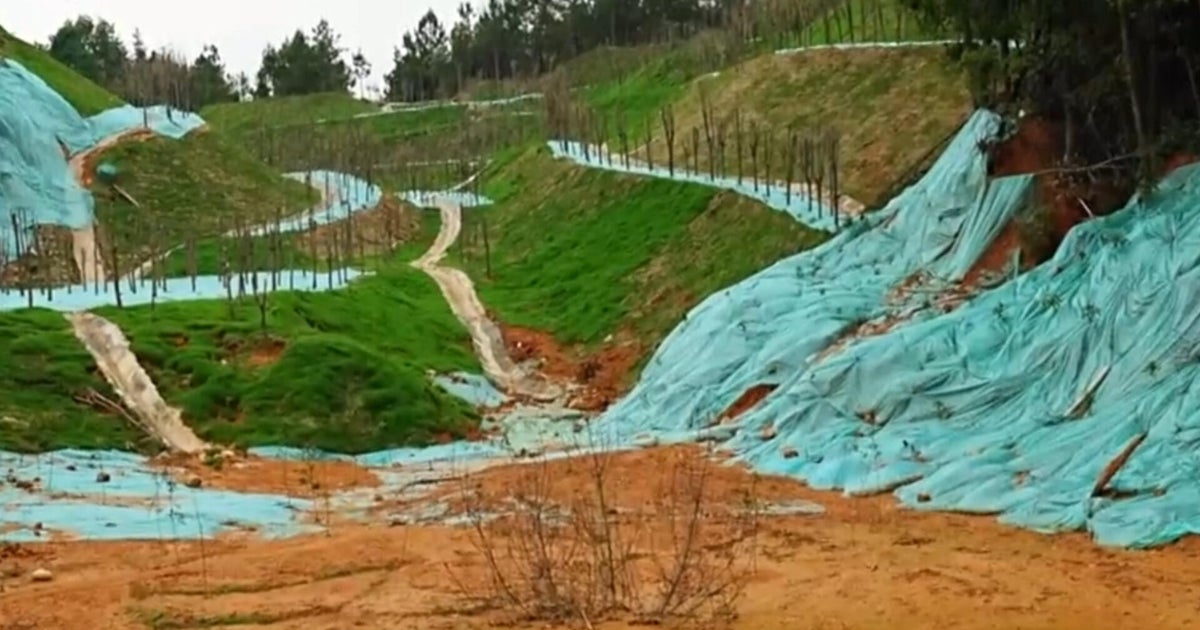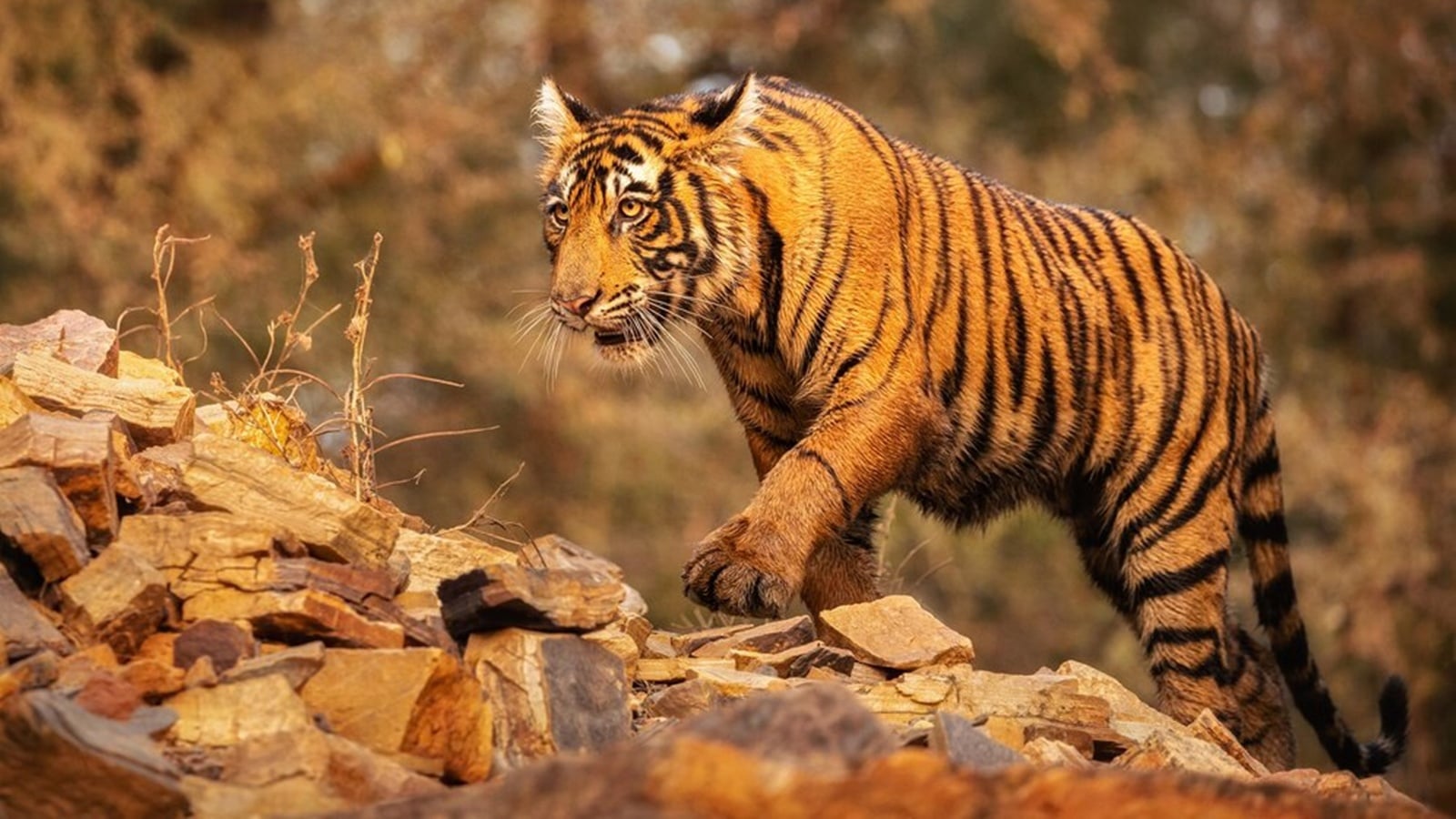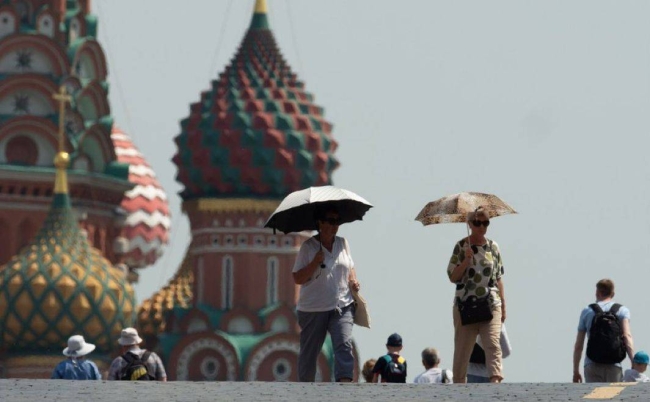Now Grand Canyon In Arizona: Tourists and Residents Evacuated Due to Wildfires - A Travel Nightmare Joins Community Resilience - Travel And Tour World
Saturday, July 12, 2025

The Grand Canyon National Park, one of the most famous tourist spots in America, finds itself today under the threat of an emergency order to evacuate due to raging wildfires that encircle the region. The fires, which have been moving swiftly over the parched landscape, have prompted authorities to evacuate tourists and residents to take them to safer places.
The Grand Canyon is the ultimate fantasy holiday destination to many, its sheer, breathtaking landscape and distinctive geology ensuring that every moment there spent will be one to remember. For those who organized their holiday to the marvel site, however, an experience to live and never forget has become a desperate flight from an inferno wildfire. Whereas the park has long been famous for its calm beauty, it finds itself engulfed by a catastrophe as wildfires tower over lives and travel plans for thousands of tourists.
This episode has sparked debate about the protection of tourists and how such natural disasters can impact tourism to such vulnerable destinations as national parks. While there was panic, the priority continues to center on the protection of all stakeholders—citizens, employees, and tourists alike. However, to those who had scheduled a trip, the evacuation has caused many to ask when they will feel free to go back and if there will ever be the same experience from the Grand Canyon.
Arizona wildfires are not rare, particularly during the dry summers when warm weather hits. This particular wildfire that threatens the Grand Canyon, however, was extraordinarily large. The fire that was ignited this week quickly escalated in intensity, fueled by strong gusts and drought, explained officials at the National Park Service (NPS) and the state’s Forestry and Fire Management agency.
As the fire continued burning, the NPS declared an evacuation order to Grand Canyon Village and its outskirts, such as the South Rim, which draws thousands of visitors on regular days. People residing within lodges, campsites, and hotels within the affected region were advized to vacate promptly, and residents and staff preceded them to safeguard their own lives.
As recent reports from the Arizona Department of Emergency and Military Affairs pointed out, the fire was burning tens of thousands of acres and was considered “out of control.” The NPS and local law enforcement have been trying all their might to contain the fire, although priority was still accorded to ensuring that all are safely evacuated.
Evacuation protocol has been understandably frantic among tourists to the Grand Canyon. People planned months ahead, envisioning clear skies and picturesque overlooks. They instead experienced a frantic bid to leave the region, as wildfires promptly gained on them.
The NPS has been working closely with local authorities to provide transportation for those who need it. Evacuees have been directed to nearby towns and cities, where temporary shelters have been set up. Local hotels in Flagstaff and other surrounding areas have opened their doors to displaced tourists, offering them a safe place to rest while they await updates on the fire situation.
“We came to the Grand Canyon to view one of the most beautiful spots on earth, but we never thought this was going to happen,” said a tourist from Chicago staying at one of the lodges within the Canyon. “It’s scary to think how rapidly things might change. But we’re just happy to be alive.”
Meanwhile, residents from Grand Canyon have equally experienced the hard reality of abandoning their homes. For a good number, this means abandoning their means of survival since the fire advances on their properties. The emergency response teams have been busy offering assistance, yet such evacuations come with an undeniable emotional cost.
The Grand Canyon attracts millions of tourists annually and is one of the world’s most visited national parks due to its combined natural grandeur and adventure activities such as hiking, camping, and rafting, which make it a nature enthusiast’s bucket list destination. The wildfires, however, have led to the closure of several prominent tourist destinations such as trails and overlooks.
According to official word from authorized NPS officials, sections of the park will remain closed without a definite date to reopen and until further notice. For travelers organizing travel plans through the days or weeks ahead, remaining current on the condition of the park through authorized NPS sources is crucial. The NPS site and social networks contain up-to-date information on road closures, trail status, and opening schedules.
For others, the shut down and ultimate closure of the park mean the interruption to long-awaited vacations. For one New York visitor, “We planned this trip two years ago, and now we won’t see the Canyon. It’s disappointing, but we understand that safety comes first.”
The economic impact to the Grand Canyon tourism industry goes deep. Local businesses, including restaurants, tour groups, and hotels, are reporting canceled bookings and an overnight loss of clientele from the current wildfire threat level. National parks like the Grand Canyon are essential to local communities, and the loss of tourism revenues will be felt over the coming months.
For residents within the Grand Canyon area, the fires are not just a transient inconvenience, but an acute threat to their homes and their businesses. The Canyon attracts many park employees, townspeople, and their families from the neighboring towns to live and work within its confines. For them, the evacuation means leaving behind all that they know as they head away from the approaching fire.
“We’re a close-knit community,” stated one local resident who lived by the park more than a decade ago. “Something like this occurring, this petrifies you, yet heartwarming too, to know that everybody has come to each other’s aid.”
The process of evacuation isn’t only logistically demanding, but psychologically traumatic to the inhabitants who are displaced from their own homes. While the fire has not yet descended into the living areas of the Grand Canyon, its perpetual threat and fear that it will come are still plaguing the populace.
The reaction to this wildfire has been rapid, and emergency crews have been working day and night to contain the fire and support those who have been evacuated. The NPS, the Arizona Department of Forestry and Fire Management, and local law enforcement have maintained regular communication to work collaboratively and to offer assistance to those impacted by the fire.
Emergency responders and firefighters from throughout the state have gathered on the scene, fighting to contain the spread of the fire. Routes to evacuation have been clearly designated, and shelters have been established throughout adjacent towns. Though the fire continues unchecked, officials are pushing to halt further damage and to keep everyone out of harm’s way.
If your plans include visiting the Grand Canyon sometime shortly, you should note that the situation continues to evolve. Park authorities have suggested waiting before visiting further, since the fire continues to affect local air quality by sending up clouds of smoke. Road closures and limited access to major attractions within the park are likely to continue for an extensive amount of time as well.
For tourists who reserved or planned to travel within a short while, it’s advisable to speak to their accommodation providers directly to find how they’re doing. Quite a good number of the hotels and lodges are offering full refunds or rebooking to tourists whose trips were disrupted by the fire.
If you are in the area, ensure that you adhere to all notices to evacuate and keep up to date on the latest information from local authorities and from the National Park Service. Safety always comes first.
As long as the fires burn, the Grand Canyon, the epitome of natural grandeur and vigor, will surely bounce back. The work done by the firefighters, ambulance teams, and members of the local communities will prove to be an essential aspect to help residents and tourists feel safer. For the evacuees, this is a very uncertain moment, yet a moment to hope for the return of protection and security to one of mankind’s most majestic pieces of nature.
The wildfires in the Grand Canyon serve as a stark reminder of the unpredictability of nature, especially in areas that are prone to extreme weather conditions and wildfires. As travelers, residents, and officials work together to overcome this crisis, the Grand Canyon will undoubtedly remain a symbol of strength, beauty, and the power of nature’s resilience. For those looking forward to visiting in the future, it’s important to remember that the Grand Canyon will always be there—waiting, as it has for millions of years, for the next visitor to marvel at its majestic views.
For now, the focus is on staying safe, supporting the local community, and doing everything we can to help the Grand Canyon recover from this devastating wildfire.
You may also like...
Diddy's Legal Troubles & Racketeering Trial

Music mogul Sean 'Diddy' Combs was acquitted of sex trafficking and racketeering charges but convicted on transportation...
Thomas Partey Faces Rape & Sexual Assault Charges

Former Arsenal midfielder Thomas Partey has been formally charged with multiple counts of rape and sexual assault by UK ...
Nigeria Universities Changes Admission Policies

JAMB has clarified its admission policies, rectifying a student's status, reiterating the necessity of its Central Admis...
Ghana's Economic Reforms & Gold Sector Initiatives

Ghana is undertaking a comprehensive economic overhaul with President John Dramani Mahama's 24-Hour Economy and Accelera...
WAFCON 2024 African Women's Football Tournament

The 2024 Women's Africa Cup of Nations opened with thrilling matches, seeing Nigeria's Super Falcons secure a dominant 3...
Emergence & Dynamics of Nigeria's ADC Coalition

A new opposition coalition, led by the African Democratic Congress (ADC), is emerging to challenge President Bola Ahmed ...
Demise of Olubadan of Ibadanland
Oba Owolabi Olakulehin, the 43rd Olubadan of Ibadanland, has died at 90, concluding a life of distinguished service in t...
Death of Nigerian Goalkeeping Legend Peter Rufai

Nigerian football mourns the death of legendary Super Eagles goalkeeper Peter Rufai, who passed away at 61. Known as 'Do...




